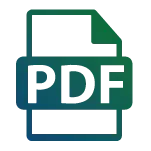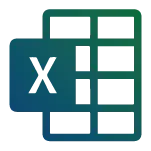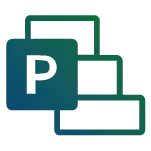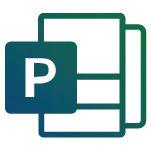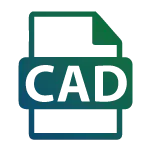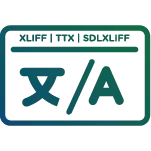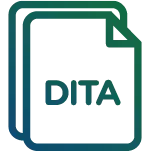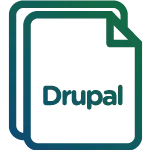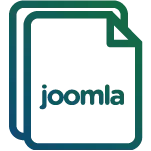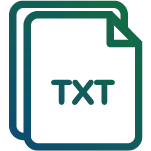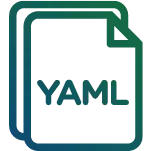
Dita Translation Services
DITA is the abbreviation of Darwin Information Typing Architecture. It is an XML-based architecture for writing, managing, designing, and publishing technical content. It serves as a standard for creating help systems, user manuals, and other types of technical documentation.
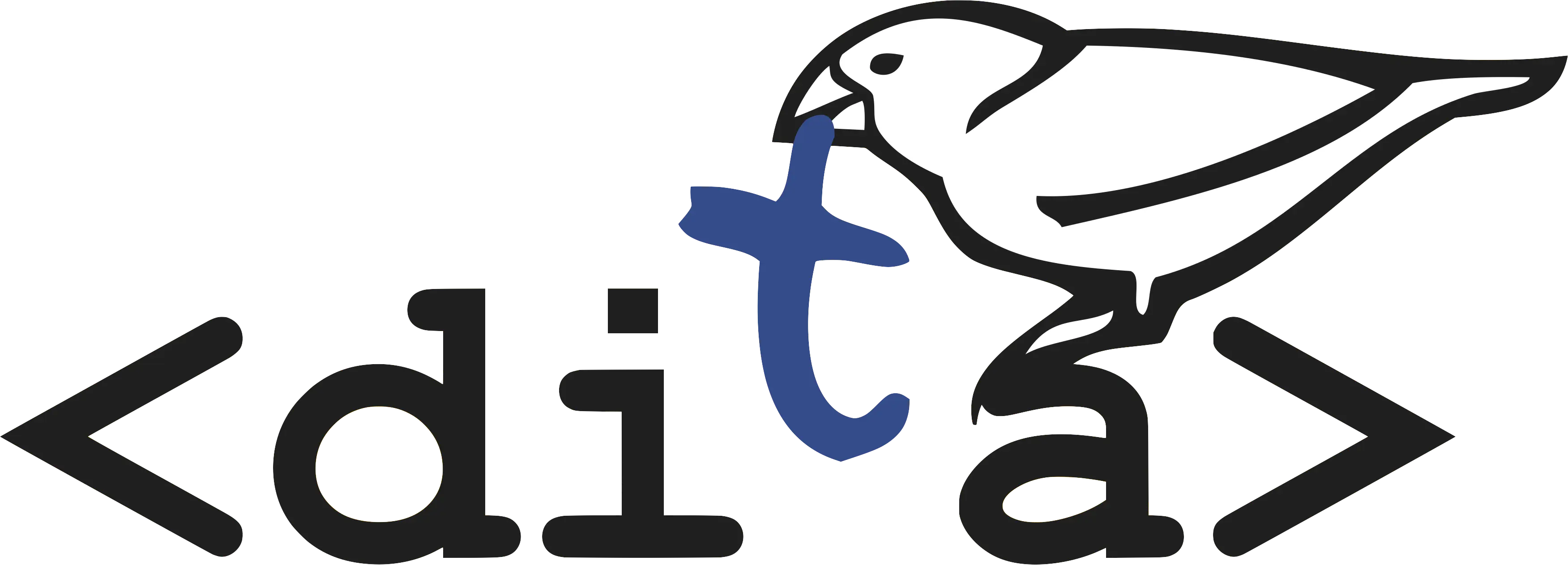
Dita Translation Services
DITA is the abbreviation of Darwin Information Typing Architecture. It is an XML-based architecture for writing, managing, designing, and publishing technical content. It serves as a standard for creating help systems, user manuals, and other types of technical documentation.
File Formats Related Content
Home » Services » File Formats » DITA
Advantages of DITA Usage.
DITA is favored among technical writers and content creators due to its ability to allow for modular content, breaking up content into smaller reusable topics. It also facilitates topic-based authoring, focusing on creating discrete topics rather than traditional linear documents. Moreover, DITA enables content reuse by assembling topics into various documents and outputs, such as user manuals, help systems, and web pages. One of its most notable features is single-source publishing, which generates multiple formats including HTML, PDF, and EPUB from a single source. Widely adopted in industries like software development, engineering, and healthcare, DITA efficiently manages and publishes complex technical information while enforcing consistency in terminology, style, and structure across content. DITA leverages a wide range of DITA-compliant tools and platforms, complying with industry standards and best practices. It supports various content types such as user manuals, help systems, and knowledge bases, handling large volumes of content with ease. Furthermore, DITA fosters teamwork among writers, editors, and translators by updating content in one place and propagating changes across all documents. By adopting DITA, technical writers and content creators can streamline their workflow, improve content quality, and increase productivity.
Key Components of Dita
Major key components of DITA include maps that collect topics and assemble them into a hierarchy. It also covers different topic types and creates predefined structures for common content types. DITA also has the facility of domain specialization, offering industry-specific or custom extensions. DITA benefits include single-source publishing and efficient updates, making it a popular choice for technical communication teams. DITA uses XML syntax to define content structure and semantics and is widely used in education, finance, healthcare, engineering, and software development. It’s ideal for creating training materials, product documentation, knowledge bases, technology guides, help systems, and user manuals. By adopting DITA, organizations can improve content quality, reduce production time, and increase productivity. DITA provides a wide range of DITA-compliant tools and platforms, utilizing predefined elements and attributes consistently. For industries that use complex documentation such as software development, engineering, and healthcare, DITA is the best option to consider. It is used by organizations like IBM, Microsoft, and Oracle to streamline their content creation and publishing processes.
DITA is widely used in e-learning, book publishing, and various media formats. It offers flexibility, customization, and supports multiple channels, enhancing collaboration and scalability. Organizations can streamline content creation, reduce costs, improve efficiency, and ensure quality and consistency with DITA. It’s also common in education and widely adopted across sectors like healthcare, IT, and sports. DITA’s widespread use reflects its significant impact on various aspects of life.


